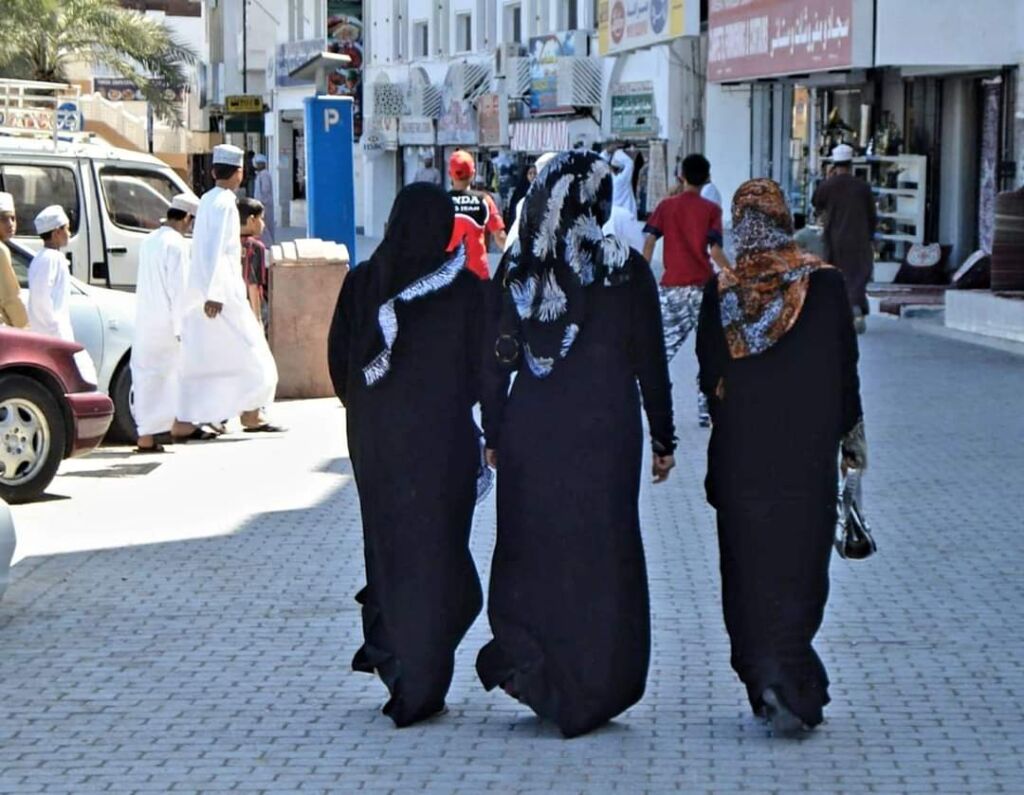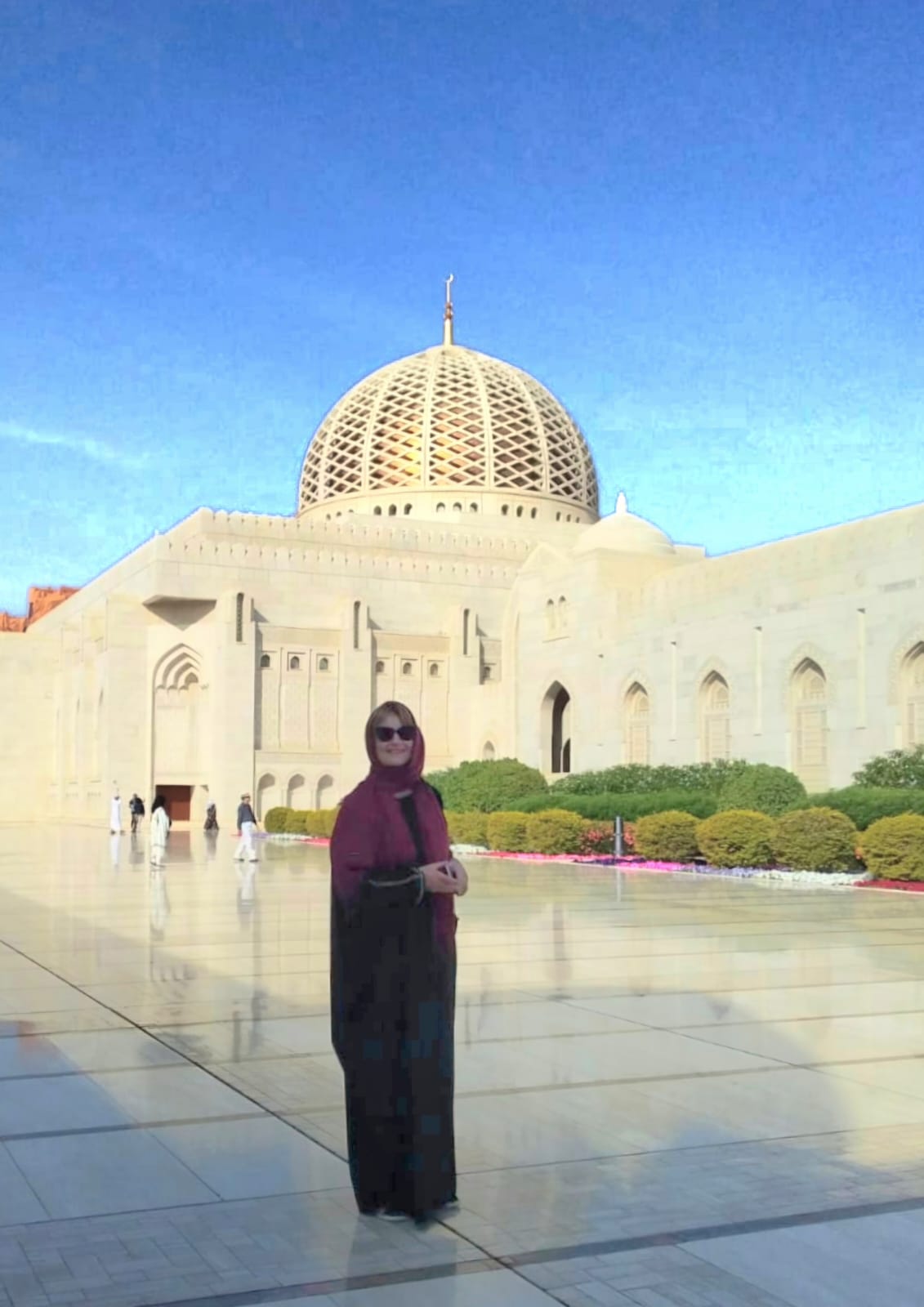In order to do justice to the country’s cultural and religious norms, it is advisable to consider the topic of clothing when preparing for your trip. It feels so much better when you feel the appreciation that Omanis show to tourists who dress respectfully.
If you ‘accidentally’ don’t follow the rules and still don’t experience any protest, this definitely doesn’t mean that it is accepted. Omanis are simply far too friendly and polite to show guests how embarrassed they feel.
So if you are thinking about what to pack in your luggage, I recommend that you read these lines and take them to heart.
Because of the high temperatures, especially in summer, light, breathable fabrics such as cotton, viscose or linen are ideal. The shape should be loose rather than slim fit.
Open sandals or slippers, like the Omanis wear, are particularly suitable as shoes.
In Oman, you often have to expect to have to take your shoes off, e.g. in the mosque when you enter a house, some small shops or simply on a carpet outside. Then it is practical if you don’t have anything to lace up.

Different rules apply to clothing depending on the location:
In public spaces, especially in towns and villages, i.e. where it would be possible to meet locals, the rule of thumb for men and women is to cover your shoulders and knees! Clothing should be loose-fitting and not figure-hugging, transparent or too revealing.
There is no obligation for women to cover their heads in Oman, even though most Omani women do so. Tourists are not expected to do so.
Since public beaches and wadis are also very popular with Omani families, you should make sure to respectfully follow the rules here. This means that women should not swim here in a bikini or skimpy swimming costume. Short leggings and a T-shirt are the more appropriate attire here. Normal swimming shorts are ok for men.
In hotels and resorts, especially on beach areas belonging to a hotel, shorts, swimming costumes, even bikinis and looser clothing are accepted, but it is recommended to dress appropriately again in public areas after visiting the beach.
It is stricter if you want to visit a mosque or other religious places.
Men should wear at least a short-sleeved, preferably long-sleeved shirt (preferably in discreet colours) and long trousers. Clothing should not be too tight or too revealing.
Women can choose between a long dress, long trousers or a long skirt with a blouse. In any case, the clothes should be loose-fitting, reach to the ankle, have no slits, be long-sleeved and have no neckline. In addition, women here in the mosque must keep their heads covered. If the scarf slips, they will be approached very quickly to correct it.
My personal view of things:
It’s mainly about showing respect to local values, tradition and culture by adapting our outfits. I can also appreciate wearing an abaya (if it’s not black ;-)) You can try it out at the Sultan Qabus Mosque. There is a small shop at the entrance to the mosque where you can hire abayas for a small fee. Scarfs in different price ranges have to be bought.

